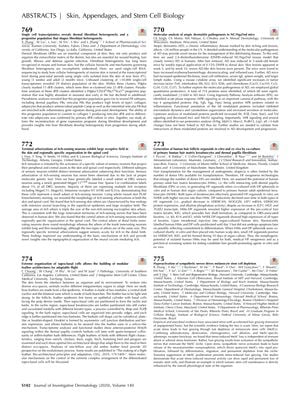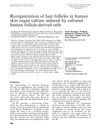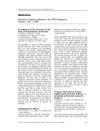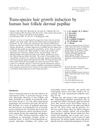Generation of Human Hair Follicle Organoids In Vitro and Ex Vivo by Co-Culture of Primary Human Hair Matrix Keratinocytes and Dermal Papilla Fibroblasts
June 2020
in “
Journal of Investigative Dermatology
”

TLDR Scientists successfully grew mini hair follicles using human skin cells, which could help treat baldness.
The study explored the creation of human hair follicle organoids by co-culturing primary human hair matrix keratinocytes (HMx) and dermal papilla fibroblasts (DPs) to potentially increase the number of donor hair follicles for androgenetic alopecia treatments. It was found that both HMx and normal human epidermal keratinocytes (NHEK) could form hair follicle organoids in vitro, with NHEK having a higher success rate. However, the ability of DP to induce hair follicle formation decreased over time. HMx-DP organoids had a higher expression of K85, a keratin linked to hair shaft formation. When co-cultured HMx and DP spheroids were implanted into human scalp skin, small hair follicle organoids developed within 10 days. The study concluded that HMx has the potential to be used for hair follicle neogenesis and as a system to test hair growth-promoting agents.






